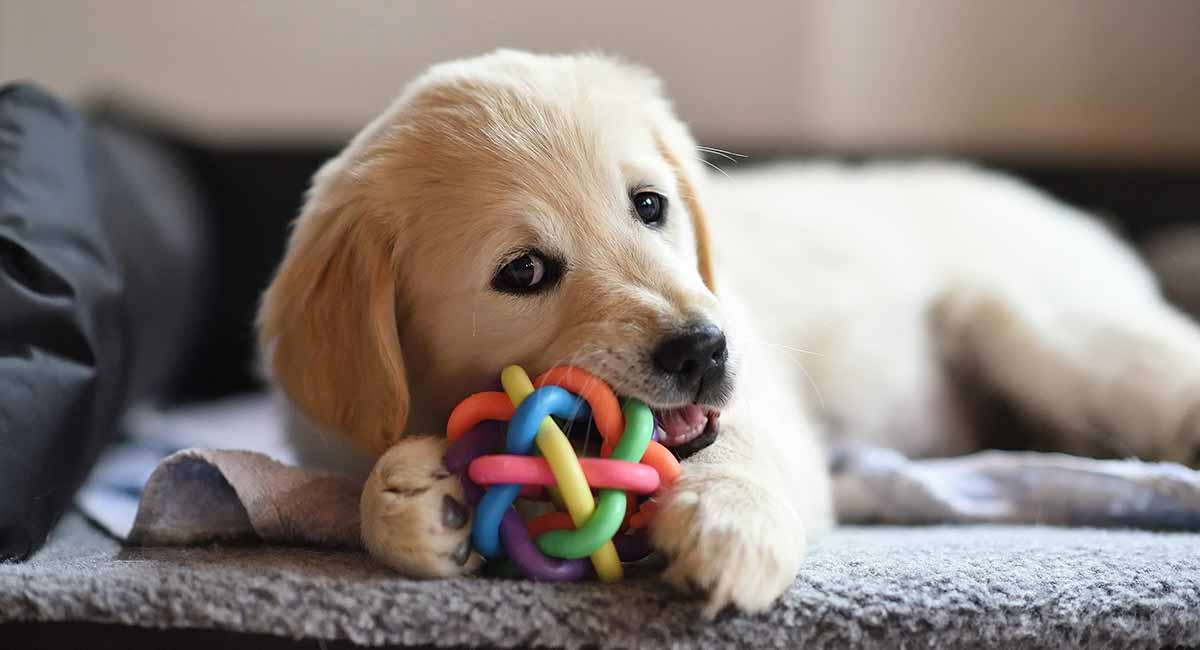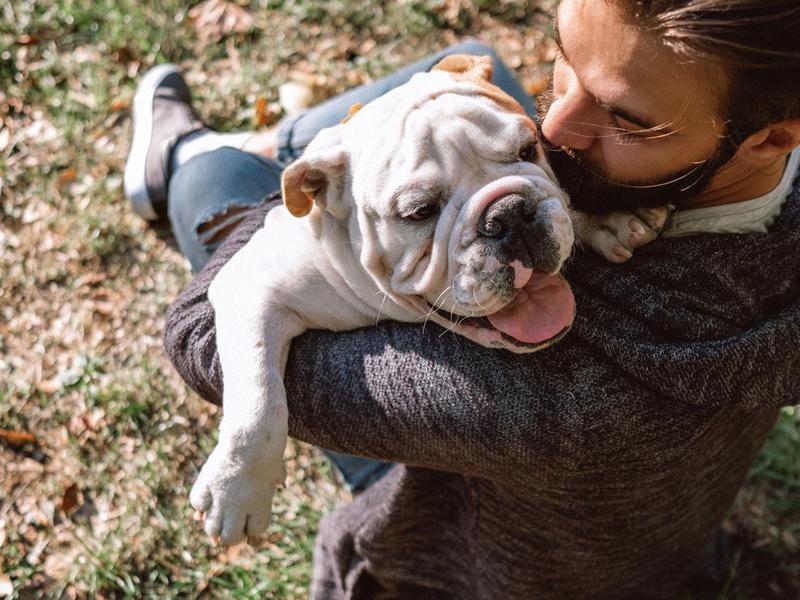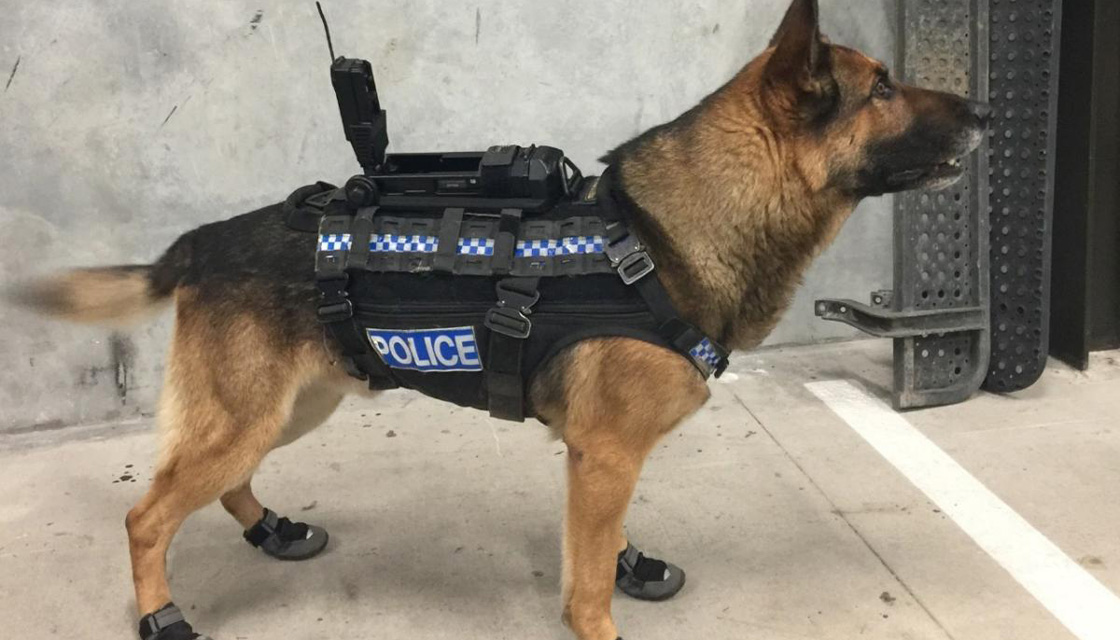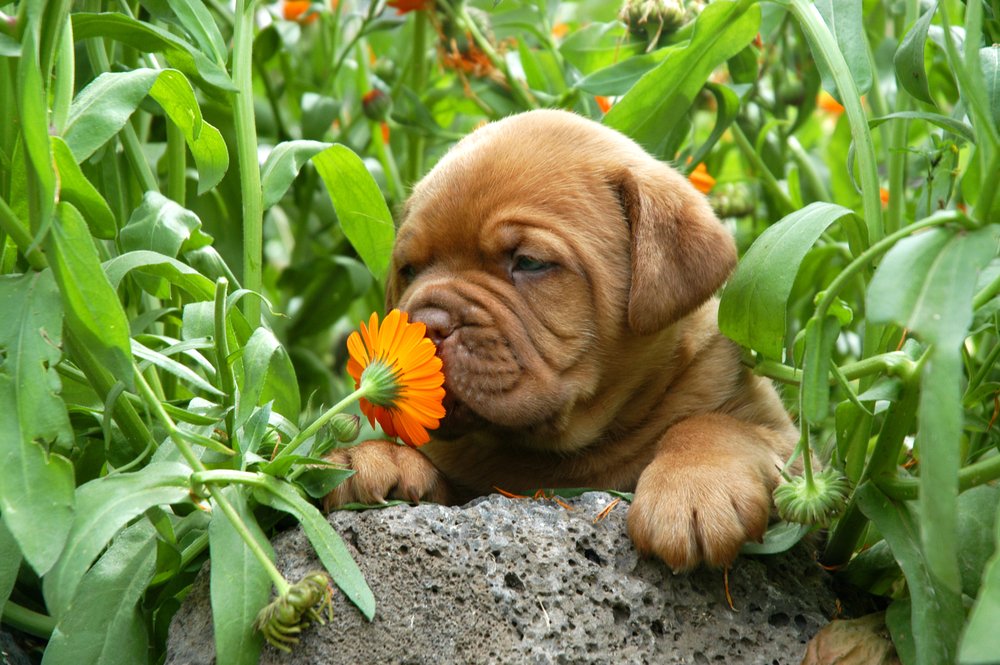Having a dog is one of the incredible delights of life, as they give interminable enthusiastic help, genuine unequivocal love, giggles through their senseless shenanigans, and shrewdness through their capacity to appreciate life regardless of what occurred before. They even accompany an assortment of medical advantages for their human pals.
In any case, numerous dogs likewise accompany at any rate one critical drawback: shedding. My corgi sheds so much he could fundamentally make another corgi, and I've begun to treat the dog hair on my dress as a little bit of him that tails me any place I go.
Thing is, not every person needs to go through ten minutes consistently de-furring themselves with a build up roller before going out. And keeping in mind that there are no dog breeds that don't shed by any means, there are numerous that are considered hypoallergenic because of the base measure of lighten they produce. Along these lines, in case you're searching for a hairy companion, however are unfavorably susceptible or delicate to—or simply irritated by—dog hair, you should consider one of these 12 non-shedding dog breeds.
In any case, numerous dogs likewise accompany at any rate one critical drawback: shedding. My corgi sheds so much he could fundamentally make another corgi, and I've begun to treat the dog hair on my dress as a little bit of him that tails me any place I go.
Thing is, not every person needs to go through ten minutes consistently de-furring themselves with a build up roller before going out. And keeping in mind that there are no dog breeds that don't shed by any means, there are numerous that are considered hypoallergenic because of the base measure of lighten they produce. Along these lines, in case you're searching for a hairy companion, however are unfavorably susceptible or delicate to—or simply irritated by—dog hair, you should consider one of these 12 non-shedding dog breeds.
Dog Breeds That Don't Shed List with Picture
1. Tibetan Terrier
The Tibetan name for the breed, Tsang Apso, generally means "shaggy or hairy" dog from the area of Tsang. They were once traded by priests as a token of good karma, and keeping in mind that their shaggy coats require a great deal of prepping, they don't shed, and can withstand temperatures as low as short 58 degrees Fahrenheit for significant stretches of time.
2. Maltese Terrier
The sleek white layers of this toy dog breed and their general softness make them look like squishy toys, however you'll discover nary a hair on your furnishings or garments for them. You should avoid puddles, however.
3. Shih Tzu
The Shih Tzu, otherwise called the Chrysanthemum Dog, is described by a velvety coat that arrives at all the route to the cold earth. In the event that you would prefer not to manage the problem of consistent prepping, you can get the coat slipped short. In any case, that kind of annihilations their motivation, as they were a most loved among Chinese royals because of their likeness to lions.
4. Brussels Griffon
It's no little wonder that an apparently egotistical at the end of the day kind-hearted, hypoallergenic dog would be the most ideal ally for this astute germaphobe.
5. Poodle

While they're not absolutely hypoallergenic, these refined little guys shed so insignificantly it's practically unimportant, however they do should be prepped each six to about two months to protect their remarkableness.
6. Scottish Terrier
These breed is smart, begins from Scotland, and is exceptionally demanding about its appearance.
7. Irish Water Spaniel
This breed, which started (duh) in Ireland, is one of the most established and most distinguished breeds on the planet.
8. Schnauzer
The breed started in Germany and their named generally means "rough looking nose," because of its mark mustache.
9. Basenji
The breed started in the Congo, where they were utilized to chase little game. They're otherwise called "the African barkless dog" as they transmit a kind of low yell rather than the conventional dog bark, and one of their extraordinary qualities is that they show feline like preparing propensities, so they have almost no scent or dander.
10. Yorkshire Terrier
Otherwise called "Yorkies," they were reared in Yorkshire England to catch rodents in apparel plants, thinking back to the 1800s. Be that as it may, be careful: these little fellas love to bark!
11. Australian Silky Terrier
This little dog breed is portrayed by a satiny, reflexive coat that requirements standard shampooing and brushing, yet scarcely ever sheds.

















































.PNG)








